Setting Up a Bank Account in Japan
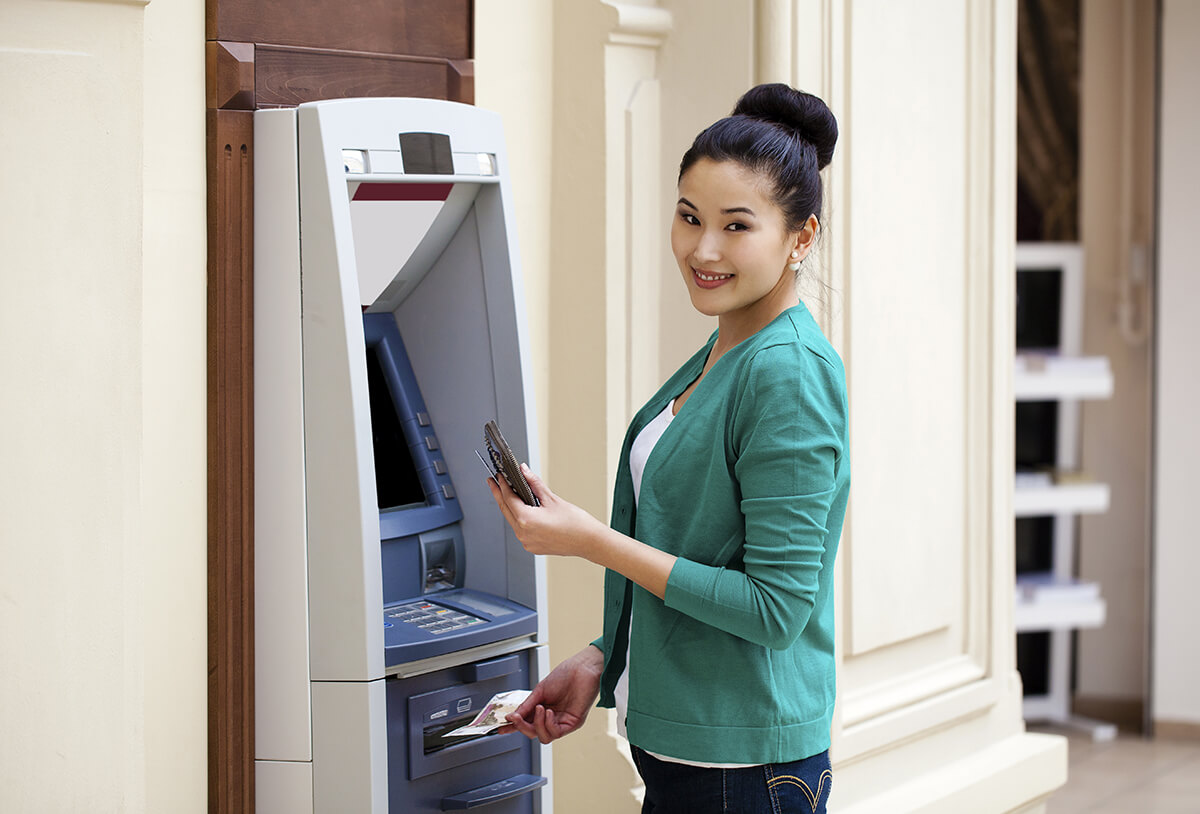
Opening my first bank account in Japan was such a memorable experience. It was one of the very first times I felt like such a responsible adult, as I had never set up an account all by myself before. Back in my home country, a family member always arranged for my accounts.
I had 3 reasons for opening a bank account in the Land of the Rising Sun. First, it was a company requirement for each employee to have a bank account. Second, having a bank account means I don’t have to carry large wads of money with me all the time. Should I need funds, I can withdraw from one of the many ATMs spread across Japan. And third, I know that my savings are secure and safe from theft, loss, fire, and other accidents.
But how did I exactly set-up a bank account? What was the process like? Was it easy or difficult? In this article, we’ll show you the step-by-step process of applying for a bank account in Japan. We hope this article will help you and make you feel like you’re “adulting” as well.
Table of contents
Step One (Gathering Documents)
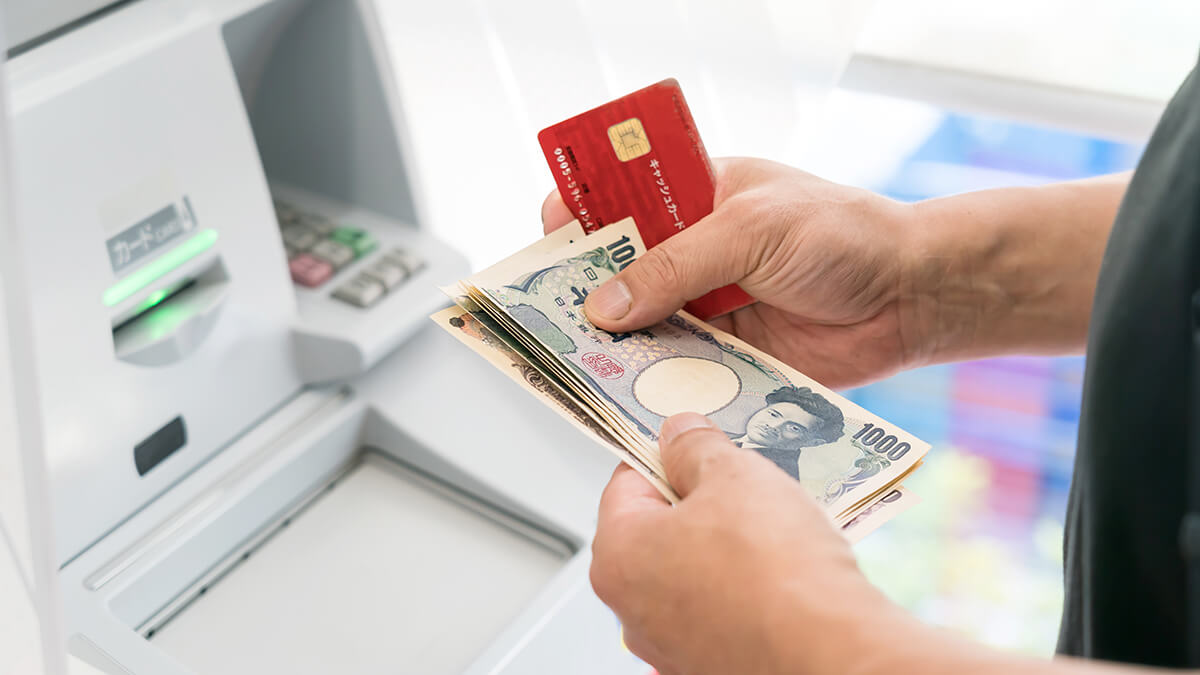


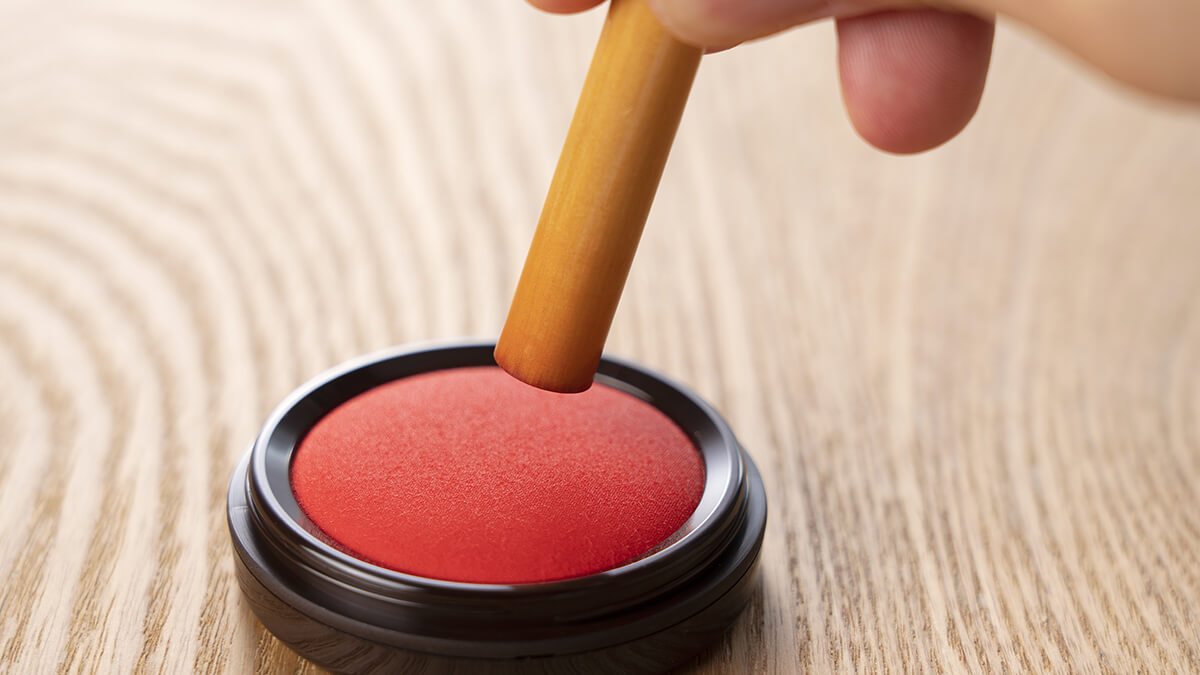

I’m the type of person who likes to be ready and prepared. After I got settled in Japan, I immediately began my research on setting up a bank account.
Choosing Your Bank
I looked up which banks were in my area and consulted friends on which ones were the best.
I ultimately decided on a bank that I think provides the most convenience for me. They have a lot of ATMs around the city, their online accommodation is great, and they would give a free pouch and umbrella for new clients. I’m a sucker for free stuff.
Aside from those reasons, this particular bank also provided a lot of benefits. It was hard to pass up free money transferring transactions and no charges for withdrawal transactions, so sticking with this bank was a no-brainer for me.
Providing Paper Trail
As for requirements, the bank instructed me to bring legal documents such as my passport, working visa, residence card (a card for foreign residents living in Japan permanently), personal inkan (a personalized stamp or seal, which is equivalent to a signature in Japan), a Certificate of Employment, and my phone number.
Paying Money to Secure Money
They also required a small deposit of about 1,000 JPY. Banks require a minimum deposit in order so you can receive some service benefits, such as keeping the account open or receiving interest, and not incur any service fees. I chose to put 3,000 JPY because I had some extra money that I was afraid I would spend unnecessarily.
Step Two (Filling Out Forms)

After submitting the required paperwork to the bank, they told me that the next part of the procedure would be to fill out some forms.
Filling Out Information
Aside from the extra forms that were required of foreign residents, I filled out 2 important standard forms for the bank. The first form was blue and the other was green.
I remember writing down standard information like my full name, birth date, home address, contact details, preferred type of bank account, 4-digit PIN code, and the name of my employer in the blue form. Meanwhile, I remember writing down my name, occupation, and purpose of the application for a bank account in the green one.
To Keep Records
After finishing the forms, I received my passbook moments after. The passbook or bank book, as it is known in Japan, is really handy. This is where I check my account balance, previous transactions with the bank or any of my records done through ATMs, and my account number.
Background Check
The whole process had been very formal up until the bank asked me if I was associated with a criminal organization or a crime syndicate. I must admit, the question threw me off and I couldn’t help but let out a giggle. But I told them that I wasn’t. They later informed me that it was a protocol for Japanese banks to ask this question but I never bothered asking why.
Step Three (Receiving the Cash Card)

I was so thrilled when I finally received the cash card through the mail. It was more than just a card to me. For me, it was somewhat a symbol of being an adult, being financially capable, and being financially responsible. I was extremely proud of myself for obtaining the cash card.
Cash Card Cans and Can’ts
Although receiving the cash card was the first time I ever truly felt financial independence, I eventually applied for a credit card a few months later due to the advantages that it presented.
Cash cards don’t have the same financial obligations and responsibilities that debit and credit cards do. The cash cards only allowed me to withdraw money from the bank and from ATMs. But that was about it. I was not able to pay for purchases at the mall or shop online using my cash card.
Conclusion

If you’ve thought about opening a bank account in Japan, the whole process is fairly simple and easy. Setting up an account could do a lot of wonders for you monetarily and allow you to be one step closer to whatever it is you are saving for.
We hope this article will help and guide you in your goal of opening a bank account. Until next time. Too-da-loo!
Motto Japan, the community platform to support foreigners with the foundation for life in Japan, including Japanese study, job opportunities, and housing service. Motto Japan Media will provide a wide variety of information for Japanese fans all over the world, to create a cross-cultural environment and enrich the life of foreign residents in Japan!


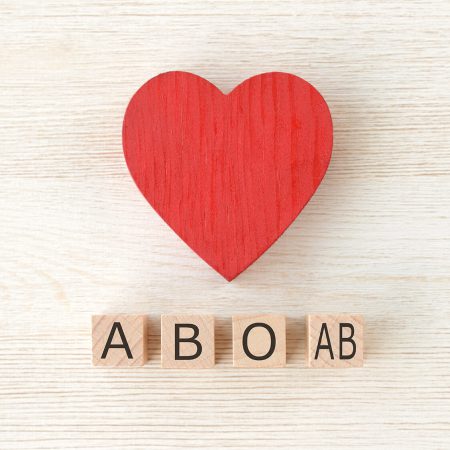
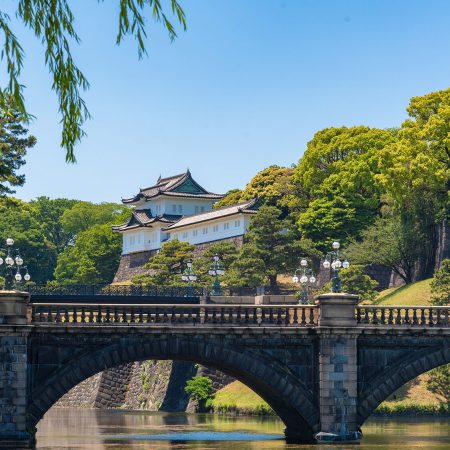
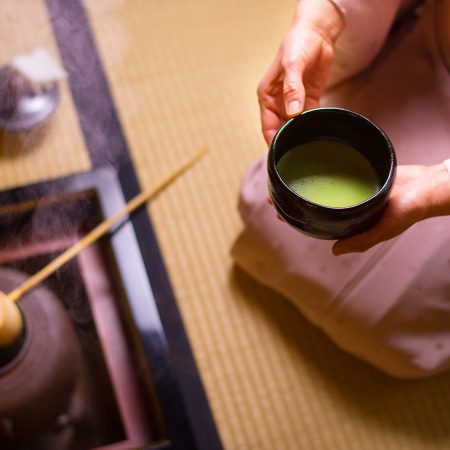
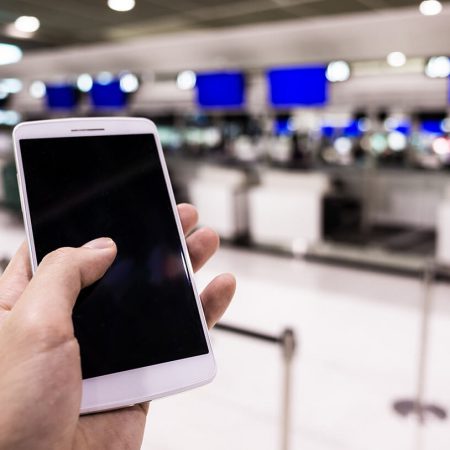

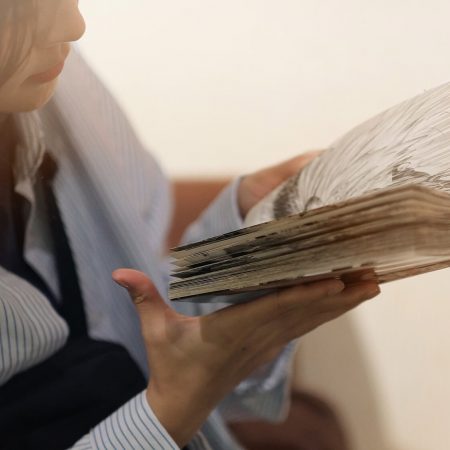





Leave a Reply